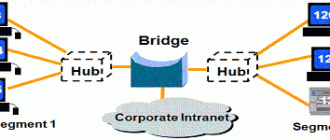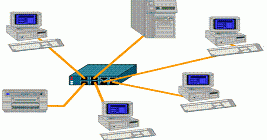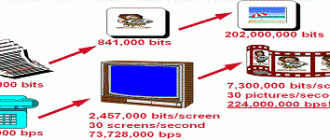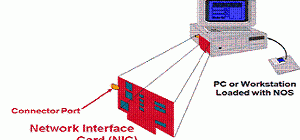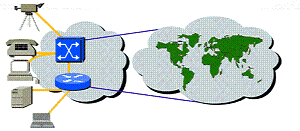Cable is the actual physical path upon which an electrical signal travels as it moves from one component to another.
Transmission protocols determine how NIC cards take turns transmitting data onto the cable. Remember that we discussed how LAN cables (baseband) carry one signal, while WAN cables (broadband) carry multiple signals. There are three primary cable types:
- Twisted-pair (or copper)
- Coaxial cable and
- Fiber-optic cable
Twisted-pair (or copper)

Unshielded twisted-pair (UTP) is a four-pair wire medium used in a variety of networks. UTP does not require the fixed spacing between connections that is necessary with coaxial-type connections. There are five types of UTP cabling commonly used as shown below:
– Category 1: Used for telephone communications. It is not suitable for transmitting data.
– Category 2: Capable of transmitting data at speeds up to 4 Mbps.
– Category 3: Used in 10BaseT networks and can transmit data at speeds up to 10 Mbps.
– Category 4: Used in Token Ring networks. Can transmit data at speeds up to 16 Mbps.
– Category 5: Can transmit data at speeds up to 100 Mbps.
Shielded twisted-pair (STP) is a two-pair wiring medium used in a variety of network implementations. STP cabling has a layer of shielded insulation to reduce EMI. Token Ring runs on STP.
Using UTP and STP:
– Speed is usually satisfactory for local-area distances.
– These are the least expensive media for data communication. UTP is cheaper than STP.
– Because most buildings are already wired with UTP, many transmission standards are adapted to use it to avoid costly re-wiring of an alternative cable type.
Coaxial cable
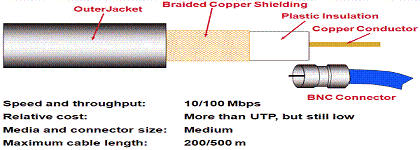
Coaxial cable consists of a solid copper core surrounded by an insulator, a combination shield and ground wire, and an outer protective jacket.
The shielding on coaxial cable makes it less susceptible to interference from outside sources. It requires termination at each ed of the cable, as well as a single ground connection.
Coax supports 10/100 Mbps and is relatively inexpensive, although more costly than UTP.
Coaxial can be cabled over longer distances than twisted-pair cable. For example, Ethernet can run at speed over approximately 100 m (300 feet) of twisted pair. Using coaxial cable increases this distance to 500 m.
Fiber-optic cable
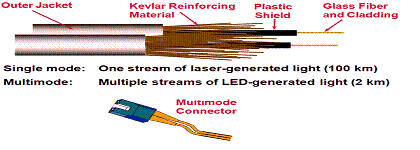
Fiber-optic cable consists of glass fiber surrounded by shielding protection: a plastic shield, kevlar reinforcing, and an outer jacket. Fiber-optic cable is the most expensive of the three types discussed in this section, but it supports 100+ Mbps line speeds.
There are two types of fiber cable:
– Single or mono-mode—Allows only one mode (or wavelength) of light to propagate through the fiber; is capable of higher bandwidth and greater distances than multimode. Often used for campus backbones. Uses lasers as the light generating method. Single mode is much more expensive than multimode cable. Maximum cable length is 100 km.
– Multimode—Allows multiple modes of light to propagate through the fiber. Often used for workgroup applications. Uses light-emitting diodes (LEDs) as light generating device. Maximum cable length is 2 km.

